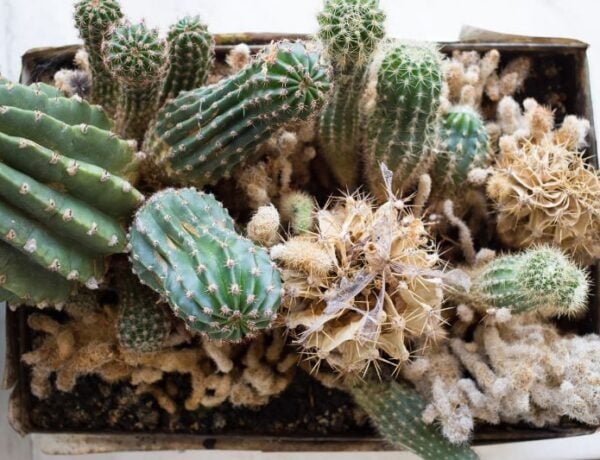If your kalanchoe plant isn’t blooming as it should, don’t worry—you’re not alone. This issue appears quite often. Sometimes it’s caused by improper growing requirements and other times about a misconception about its natural flowering season.
In this article we’ll outline the most common reasons why your kalanchoe may not be flowering, as well as more information on its natural growth and flowering pattern, along with practical solutions to help you get your plant back on track.
Table of Contents
When is the natural flowering season of Kalanchoe?
Before getting into the issues part, it’s important to understand the natural flowering season of your plant, as you usually see it around in full bloom during Christmas.
Let’s get to it! Naturally, Kalanchoe plants bloom in late winter or spring, typically between the months of February and June. The exact timing can vary depending on the specific variety and the growing conditions. So don’t worry if Christmas has passed, and you Kalanchoe didn’t flower yet, there’s still time!
The flowering is triggered by the shortening of days, reason why Kalanchoe is knowns as a “short day” plant, which also means that blooms can be artificially induced.
How to “force” your Kalanchoe to flower?
This method is often referred to as “forcing” a plant to bloom, and it works by mimicking the natural light conditions that trigger the plant’s blooming phase.
For Kalanchoe plants, you can stimulate blooming or reblooming by providing them with 12-14 hours of darkness and 10-12 hours of bright light each day. This simulates the shorter days and longer nights of winter, which is their natural blooming period.
You can achieve this by:
- Covering the plant with a box or placing it in a dark room during the evening hours to create the necessary period of darkness.
- During the day, ensure the plant receives 10-12 hours of bright, but indirect light.
- Continue this process for 4 to 6 weeks, or until flower buds start to emerge.
- Once the flower buds appear, you can return the plant to its regular light conditions.
What are the main causes of Kalanchoe not flowering?
1. Insufficient Light
The most common reason why kalanchoe plants fail to flower relates to inadequate light levels. Kalanchoe plants require ample sunlight to thrive, but too much direct light can scorch them. On the other side, too little light can lead to etiolation and a leggy-looking kalanchoe.
Solution: Place your plant in a room that gets bright but indirect sunlight. To encourage blooming, the kalanchoe also needs periods of darkness—around 14 hours per day. Adjusting light exposure can significantly improve your plant’s health and blooming prospects.
2. Lack of Pruning
Another possible reason for a lack of flowers is insufficient pruning. Over time, dead leaves and blooms can sap the plant’s energy, preventing new growth.
Solution: Regular pruning of these dead parts allows the plant to refocus its energy on new growth, which can encourage blooming.
3. Watering Issues
Watering issues are a common cause of non-flowering kalanchoe plants. Both overwatering and underwatering can prevent flowering. Kalanchoe plants are sensitive to water levels, so it’s important to check the soil before trying to give your plant another drink.
Solution: Water the plant thoroughly from the base, after the soil has dried out. As a rule of thumb, indoor kalanchoes usually need watering every two to three weeks.
4. Diseases and pests
Diseases and pests can also stress kalanchoe plants, affecting their growth and ability to bloom. Most diseases affecting these plants are bacterial or fungal, often resulting from overwatering.
Solution: Regularly inspect your plant and its environment to ensure it remains pest-free. If you notice any signs of disease or pests, act quickly to prevent further damage and restore your plant’s health.
Wrapping it up
If your kalanchoe isn’t flowering, don’t fret. It’s often a sign that one or more aspects of its care need adjusting (or it is not at that stage in its cycle yet).
With a bit of care and attention, you can help your kalanchoe bloom beautifully again. And if you want to learn more about these flowering succulents, make sure to check out our article on how to care for your Kalanchoe plants.






No Comments